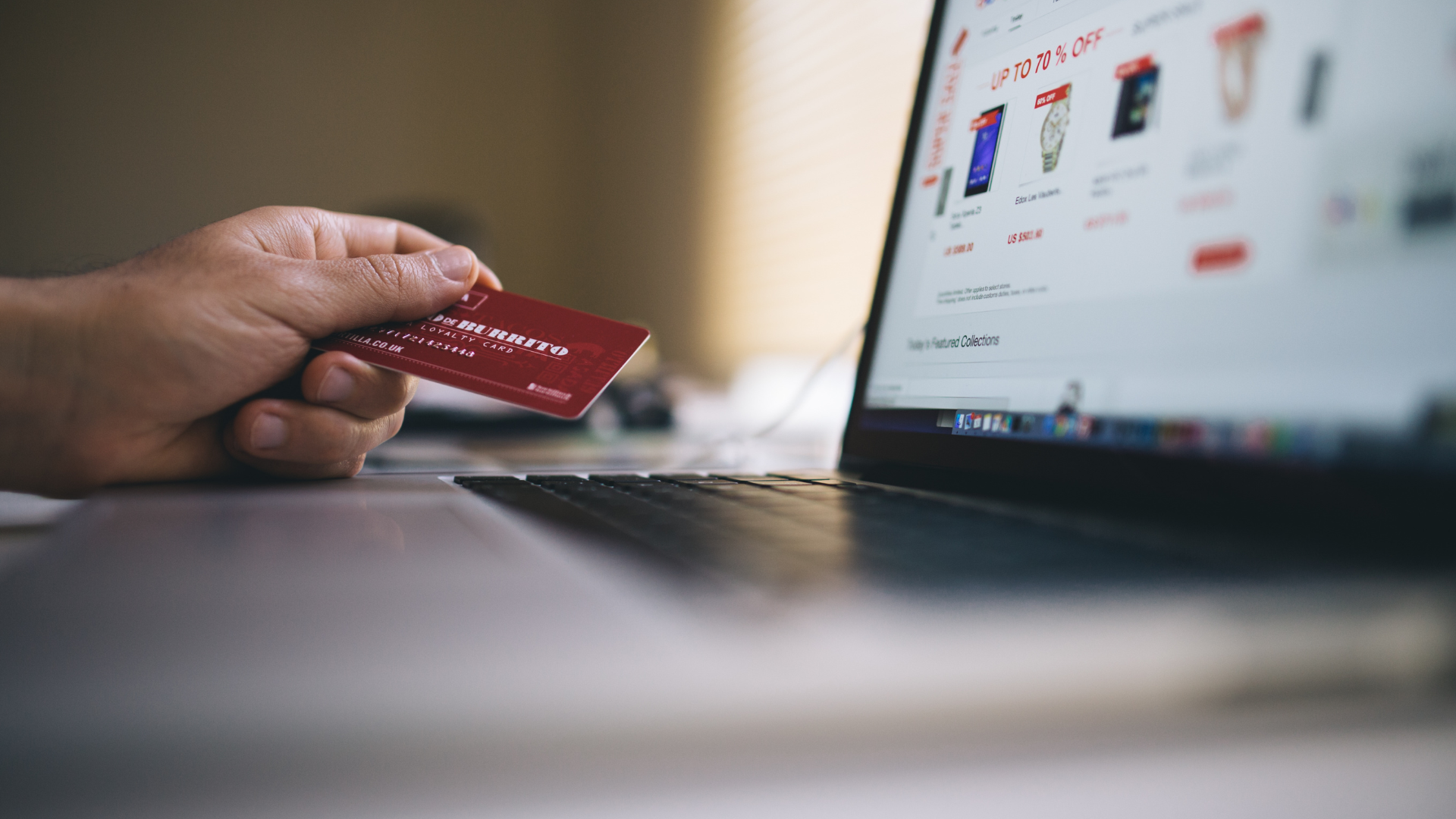We are entering a new year, and its time to take some more steps to protect yourself online this year. We all use the internet, but can we all use it safely?
Avoiding sketchy websites used to be the key to protecting yourself online, and for the most part, it was rather easy to do. But now, avoiding malicious websites is only part of the gig. You can be infected with viruses, spyware, trojans, and other ruthless malware simply by opening up the wrong email, clicking on the wrong link, or landing on the wrong website (whether it’s a sketchy website or not). However, this doesn’t mean safeguarding your online world is a lost cause.
Protecting yourself online involves some work on your end, as well as a high degree of good ol’ fashioned suspicion. Here are six basic steps you can take to better protect yourself online.
Use strong passwords.
Craft your passwords to be strong, and you’ll easily sidestep a vast majority of online threats. In the event of a serious data breach, the stronger your password, the less likely it is that your account information will leak out. But what does a strong password look like? Try a phrase with capital letters, numbers, and symbols. Just make sure the phrase is altered from account to account. Here are two examples:
- EyelookGood9032!
- CookiesRprettyGud*89
Avoid using personally identifiable information or well-known information about yourself in passwords. When creating or changing passwords, make sure there are enough unique changes that someone with access to the old password could not guess your new password. Adding numbers, letters, or symbols to the end of an old password without making any other changes does not count as unique. Where possible, use reputable password managers to create strong, unique passwords that can help
Be suspicious of emails.
When it comes to emails, always be skeptical of who messages come from and what they’re asking you to do. Malicious emails can be extremely targeted, making them very believable. It’s important never to click on links, download files, or follow through with a request until you validate the email and its contents. Phishing attacks are the most popular form of attack for hackers, and they are more sophisticated each year.
Remember, well-known contacts can still be dangerous. If an email has been compromised, trusted contacts could become the source of malicious threat actors. Always use the SLAM method (Review Sender, Links, Attachments, Message) to verify each email you receive, even if it’s someone you know annd trust.
Shop only on trustworthy websites.
Sometimes it might be tempting to purchase products on obscure websites—maybe the product you’re looking for is hard to find, or it’s considerably cheaper on other, less popular sites. But is it worth losing your financial information to a thief or infecting your computer with a virus because you found a tee-shirt two dollars cheaper on an obscure website? It is very easy for hackers to create fake sites and even ads. These sites are often made to look extremely similar to legitimate sites, making them hard to identify. Always verify the spelling of the site you are visiting and look up reviews from credible sources. (Hackers can fake reviews, too!)
Be careful when following ads. Many legitimate sites can host malicious ads unkowingly. Social media platform ads should be given as much caution as ads found in your search engine. Always verify before giving away sensitive information. If something looks too good to be true, it probably is!
Install a good anti-virus.
There’s no reason you shouldn’t have a good anti-virus installed on your devices. You can purchase software for a relatively decent price and install it on all of your connected devices. Even though operating systems and browsers come with their own security, it’s important to layer on the security as much as possible. Even with antivirus in place, be careful about what you download to your computer. Computers, laptops, phones, and tablets should all have antivirus software in place. Anything that can access the internet and download files needs to be protected.
Lock your device.
You should always have your connected devices locked—PC, laptop, tablet, phone, and anything else you may have. There should be a password to access your device and then additional passwords to access applications and online accounts. Anything without a form of authentication to access is at risk of being hacked.
Locking down WiFi and bluetooth access can also help to protect yoru devices. Check your device access settings to make sure your devices aren’t searchable or accessible via WiFi or Bluetooth without credentials or intentional permission.
Know the settings on your browser.
Your browser’s settings can help you protect yourself online if you know what to look for. You can block pop-ups, secure your privacy, turn off search history, and ask the browser to notify you of malicious sites. To learn more, do an online search of your specific browser, and you should be able to find a comprehensive how-to list. Here’s a useful list of security settings for Chrome, Firefox, and Internet Explorer.
Stay Vigilant Online
Staying safe online requires being vigilant and intentional with how you use your resources. As long as you take intentional safety measures, you can enjoy the benefits of the internet with thte assurance that you can also do it safely. There are a lot of tools that can add additional security to the way you access the internet. Contact our team to learn about some of the ways working with an MSP can help you do strengthen your online security.

